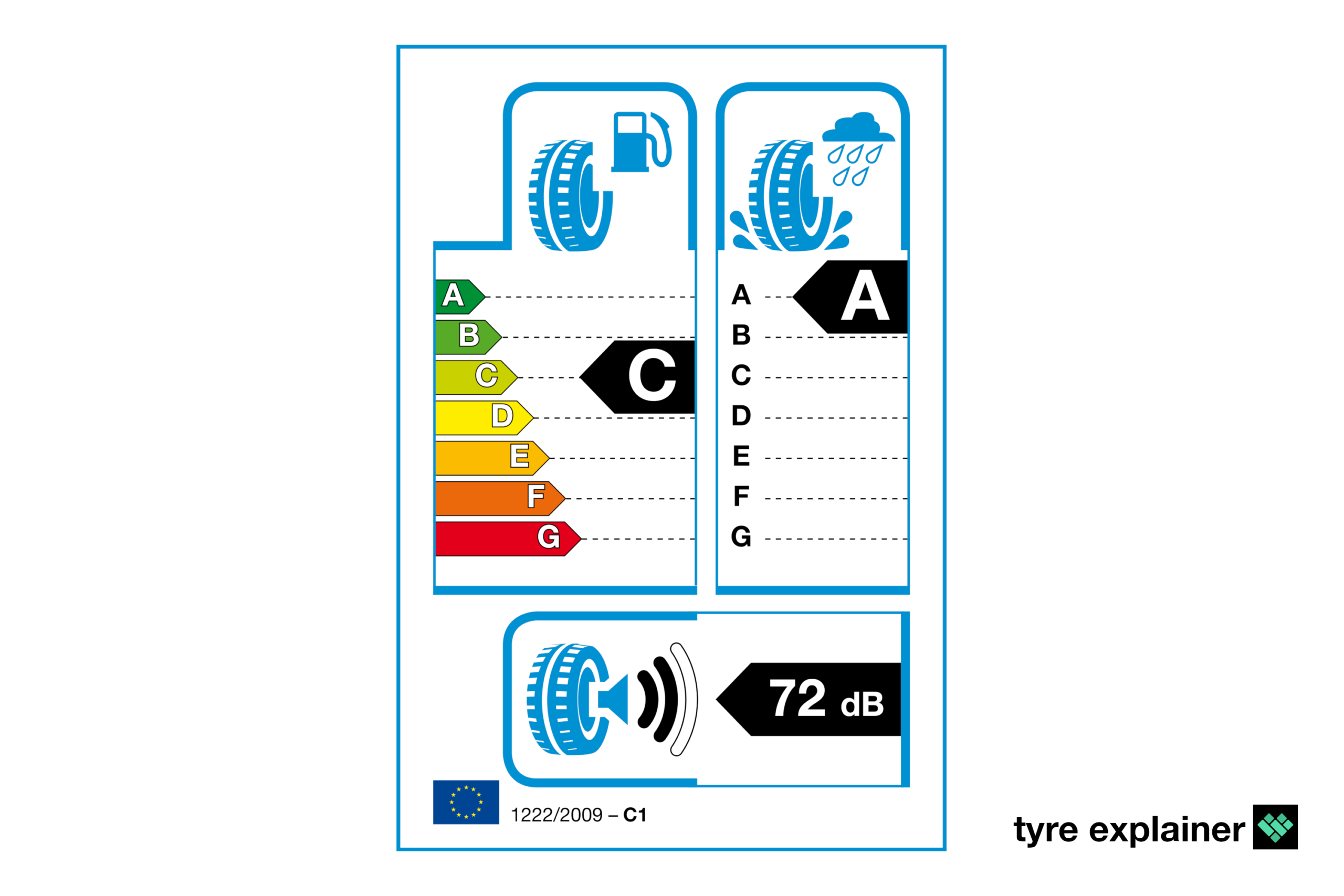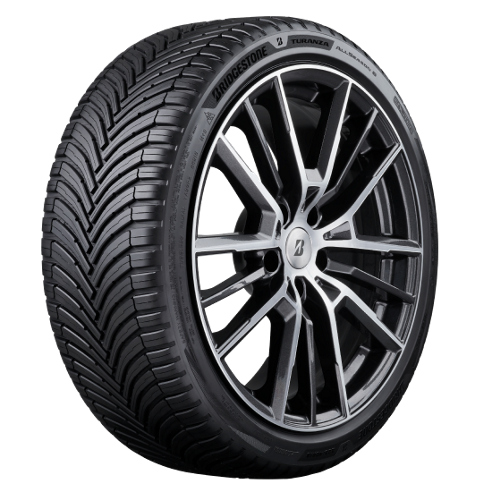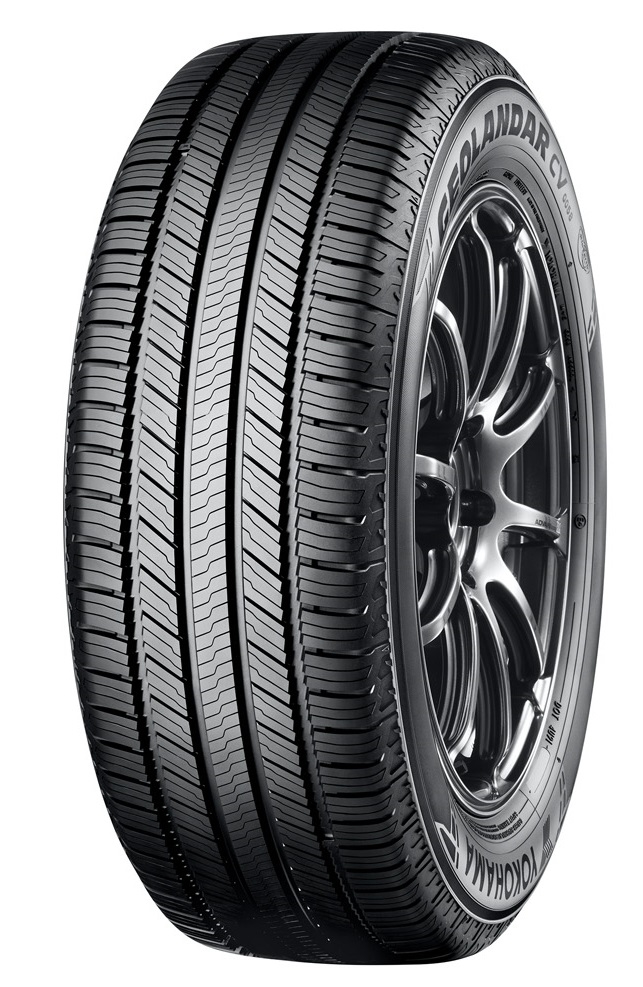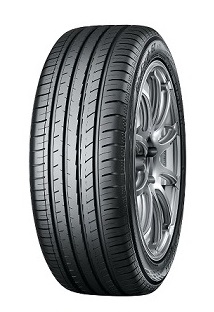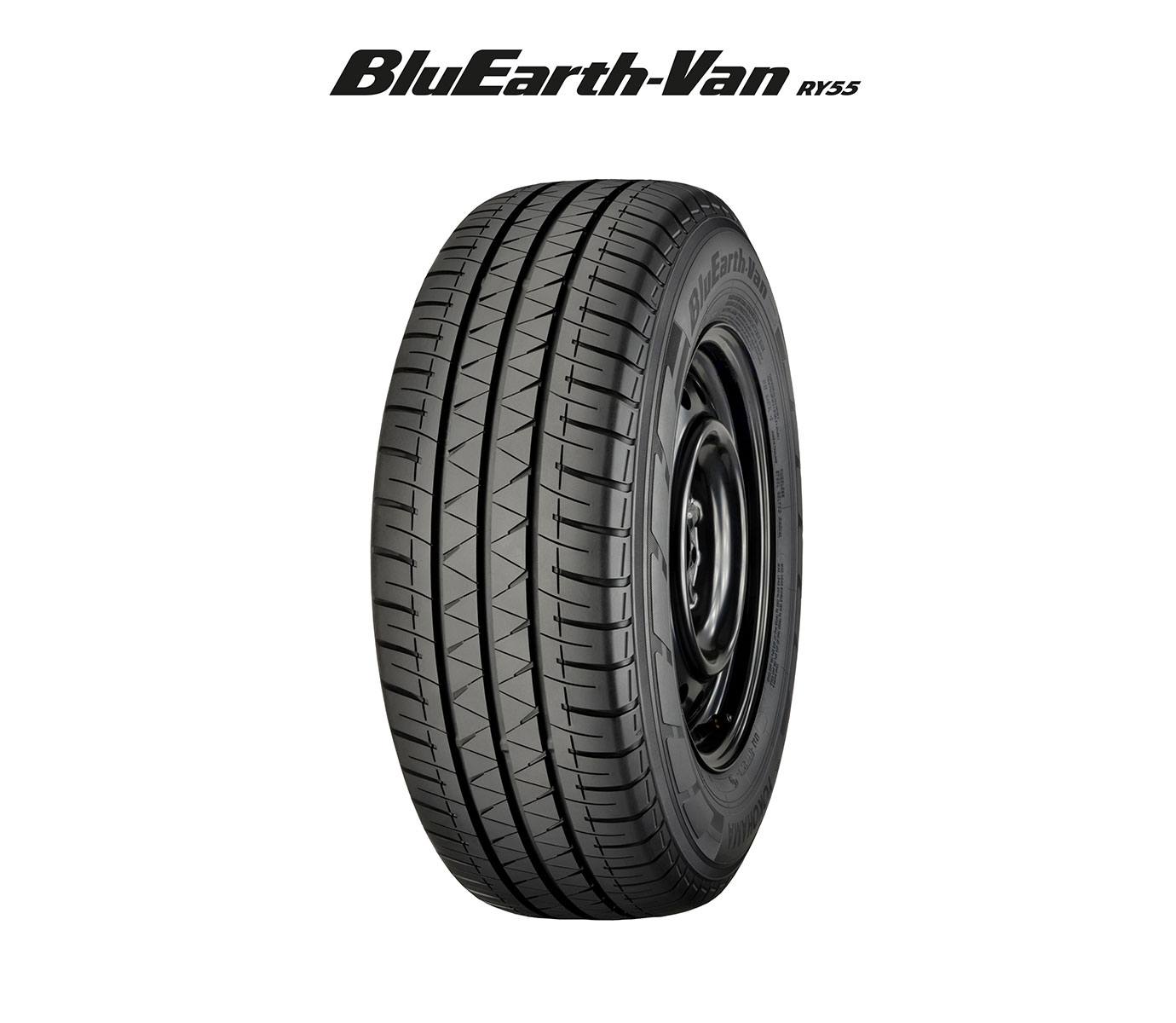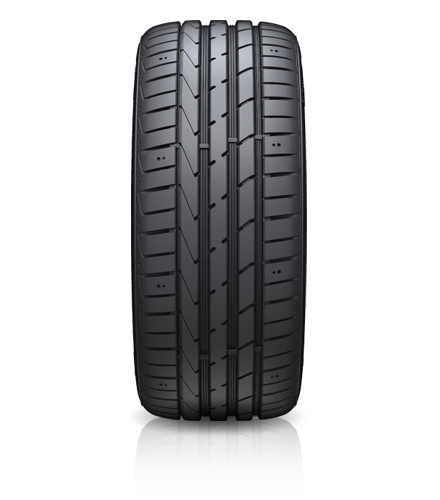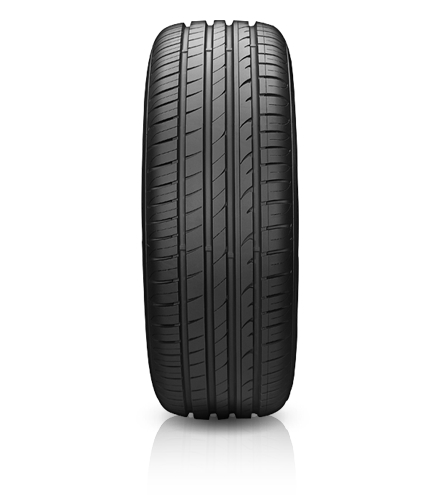If you’re researching tyres online, the chances are you’ve seen a lot of tyre labels. Introduced by the European Union in 2012, the tyre label is designed to help consumers by showing the tyre’s relative performance in three main categories: Fuel Consumption, Wet Grip, and Pass-by Noise.
The label is similar to those previously available on other energy-related products, such as fridges, washing machines, and lightbulbs. It has a sliding scale of grades from A to G, though to keep you on your toes some letter grades are not currently used. In the case of Exterior Noise a decibel reading and soundwave-style rating out of three.
The label is legally required to be presented at the point of sale. This can be achieved in a variety of ways, ranging from the various graphical interpretations you will have seen online to a physical label stuck on the tyre’s tread. On WhatTyre we have developed new icons to represent each category simply when searching for a tyre, while the product profile of every tyre that requires a label also contains a graphic like the standard EU label. In addition, our Tyrescore algorithm considers the grades achieved in all three categories when producing each tyre’s rating.
Tyre label 101
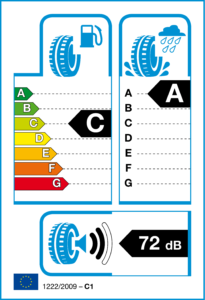 So what does it all mean? Here we will look at each constituent part of the tyre label, explaining what it shows.
So what does it all mean? Here we will look at each constituent part of the tyre label, explaining what it shows.
Fuel consumption: This first part of the label grades a tyre’s rolling resistance performance – and the effect this has on your car’s fuel consumption. A grade tyres have the lowest fuel consumption, while a G grade tyre is the most fuel hungry. No tyre is rated D, as the EU decided a blank grade would help distinguish between the best and worst tyres in this category.
The difference between each category works out as between 0.42 and 0.56 miles per gallon (MPG) for a 36 MPG car. Tyres are tested using a drum in a standardised procedure at an EU-approved test centre.
Wet grip: Another standardised test measures the straight-line braking distance of tyres on wet road. A-graded tyres have the shortest stopping distances. The difference between each letter-grade is a stopping distance of between one and two car lengths (3-6 metres) when braking from 50 mph.
While grades from A to G are available on the label, both D and G are not used. 18 metres of stopping distance separate the A and F bands.
Pass-by noise: The diagram represents three levels of external pass-by noise. It is measured in decibels on a vehicle coasting past testing equipment with the engine off. One soundwave represents the quietest tyres and three the loudest. This category is somewhat controversial, since it technically measures the effects of the tyre on those outside the car.
Label boundary box: Everything within the boundaries of the blue box are legally required parts EU tyre label. Nothing within this box can be redesigned and there are restrictions on how details within the box can be publicised and advertised.
2009/…. – C1: The number at the bottom of the label shows two things; the EU law and the segment the tyre is designed for. This means C1 for cars and C2/C3 for light and heavy commercial vehicles respectively.
Changing labels
The tyre label has been displayed in its current form since 2012 – it became a legal requirement for points of sale in the EU to show it on 1 November of that year. It is due to be changed in May 2021, when the number of Fuel Consumption and Wet Grip grades will be reduced from seven to five (all of which will be used). Pass-by noise will also receive a letter grade, with A being the quietest and C the noisiest.
The new label will also include an “ice grip identifier”, which will be used on winter and all-season tyres. This addresses the problem of tyres in this segment being disadvantaged in tests to determine label grades, since they are designed to be suitable for colder temperatures than those allowed in testing.
Finally, a tyre abrasion grade could also be coming to the label, following a mandate from the European Council to find a suitable testing procedure. This would give a grade to each tyre indicative of its wear rate – a welcome piece of data for motorists trying to find the best tyre for them.
WhatTyre will continue to track and present label grades. We’re excited about the prospect of more data, enabling us to refine our Tyrescore algorithm further in the near future.

